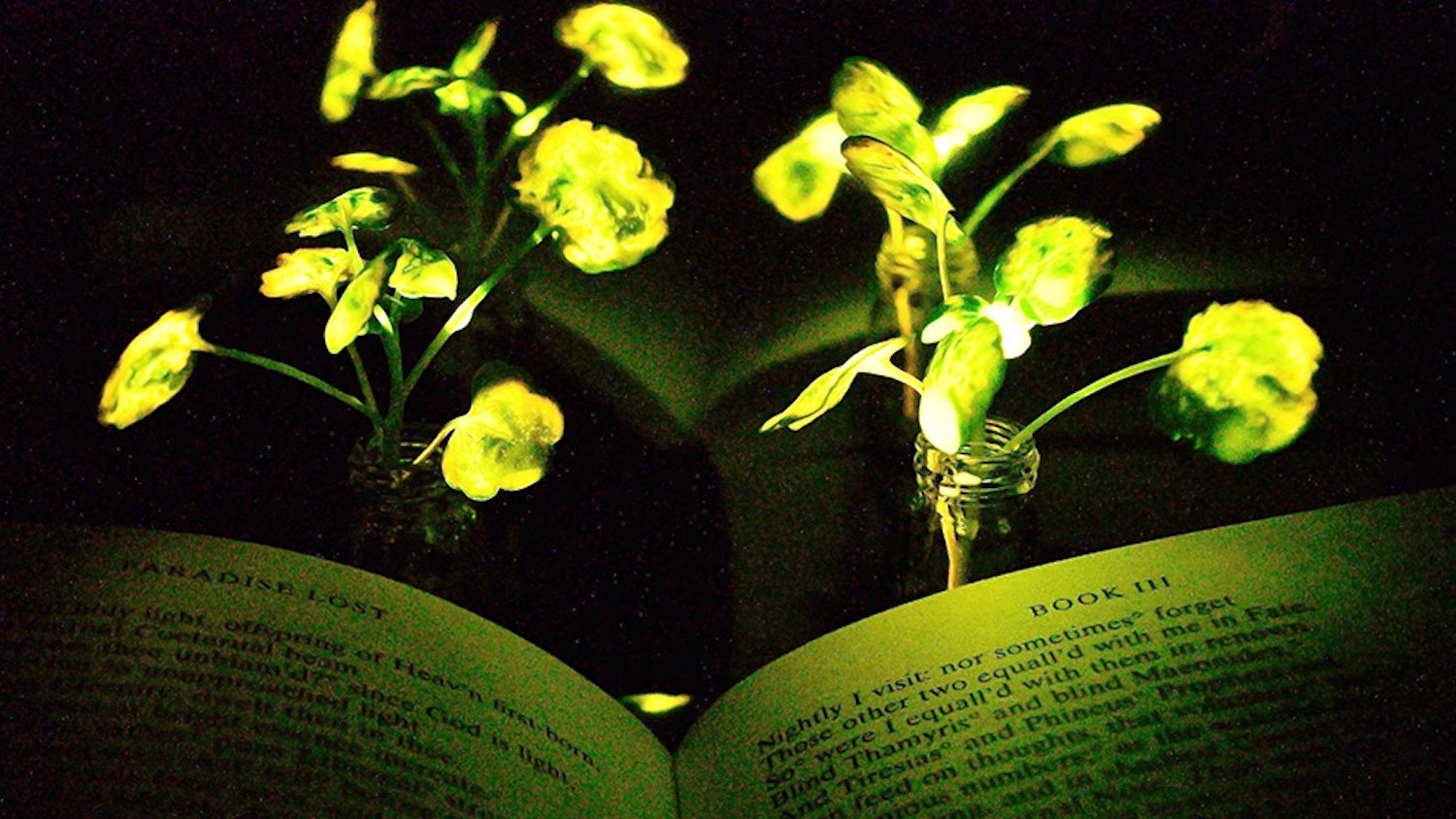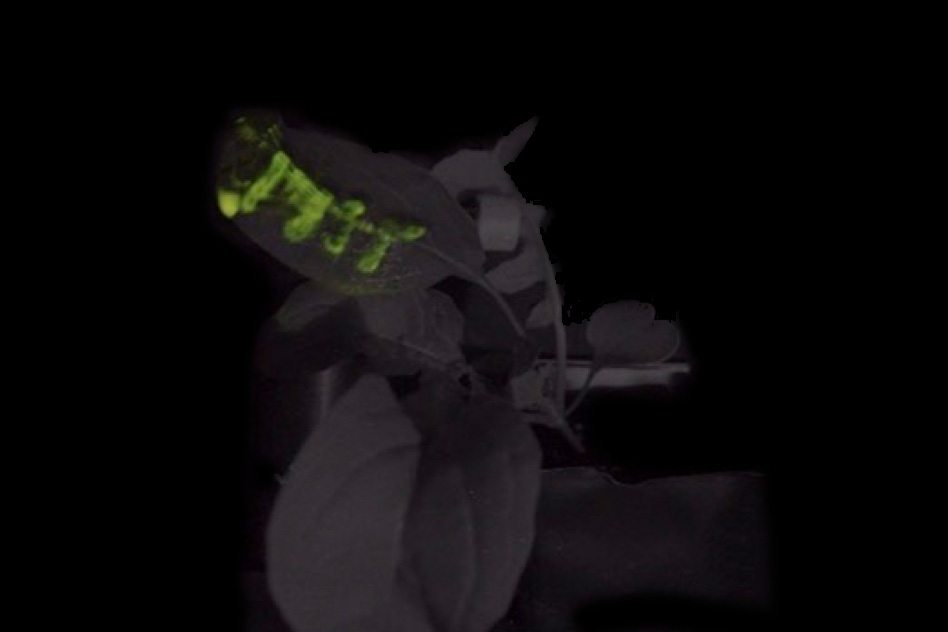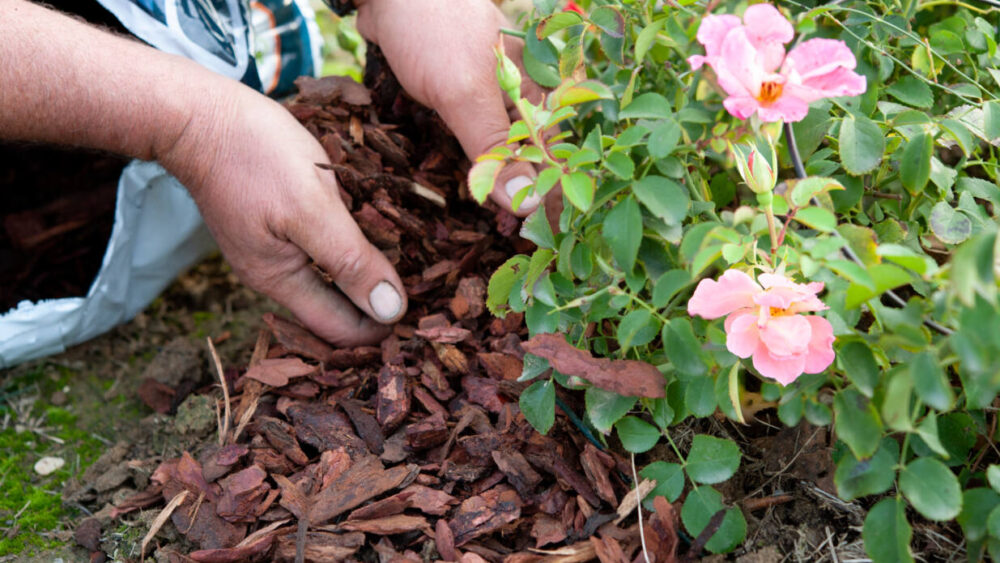MIT scientists create plants that glow like fireflies
If you’re looking for a super-cool natural light source, you may soon be able to read by the light of a plant.
It sounds like science fiction, but engineers at the Massachusetts Institute of Technology have taken the first step toward creating plants that glow in the dark. No, these plants aren’t some nightmarish flora mutated by nuclear waste. The light these plants emit actually comes from specialized nanoparticles that are embedded into the leaves of a plant. The nanoparticles carry luciferase, the same enzyme that makes fireflies glow.
Although the light produced by the nanoparticles is dim, researchers were able to get the glow to last for nearly four hours. With continued work, they believe they can create plants that give off a light bright enough to work by.
But why do we need glowing plants? The scientists—whose work was funded by the U.S. Department of Energy—believe this could one day provide light sources that don’t require traditional power sources.
“The vision is to make a plant that will function as a desk lamp—a lamp that you don’t have to plug in. The light is ultimately powered by the energy metabolism of the plant itself,” Michael Strano, a chemical engineering professor at MIT and the senior author of the study, told the university’s website. The work of Strano’s team was published in the journal “Nano Letters.”
The plants above are watercress plants that were able to give off enough light to read by!
An all-natural lamp sounds pretty amazing, not to mention a great way to lower your electricity bill. Another use of this technology could be to turn trees into natural streetlights. According to MIT, lighting accounts for about 20 percent of the world’s energy consumption.
The field of plant nanobionics is creating all kinds of interesting new purposes for plants. For example, MIT researchers have also engineered plants that can detect explosives. They have also made it possible for plants to monitor drought conditions.
Nanobionic spinach plants can now detect explosives and send alerts to your smartphone thanks to a group of @MIT engineers. #HistoryNOW pic.twitter.com/s6alLeNaHT
— HistoryNow (@GetHistoryNow) January 26, 2017
Plants are actually perfectly suited to the issue of energy consumption. “Plants can self-repair, they have their own energy, and they are already adapted to the outdoor environment,” Strano told MIT’s website. “We think this is an idea whose time has come. It’s a perfect problem for plant nanobionics.”
The researchers even figured out a way to turn the lights off, by embedding the plant with nanoparticles that inhibit the glowing effects of the luciferase.
How would you feel about glowing bushes lighting the walkway into your house?







